Owner's Manual
Subterranean
Mysteries Revealed
Lloyd Kahn,
Blair Allen, and
Julie Jones
(Shelter)
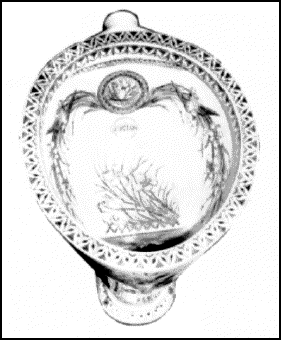
And there are the surprises. The chapter on "Composting Toilet Systems" by Carol Steinfeld includes a wonderful quote from Les Miserables, The garbage heaped up beside the stone blocks, the tumbrels of mire jolting through the streets at night, the awful scavengers' carts, the fetid stream of subterranean slime that the pavement hides from you, do you know what all this is? It is the flowering meadow, it is the green grass, it is the marjoram and thyme and sage...it is the perfumed hay, it is golden --- it is bread on your table, it is joy, it is life.
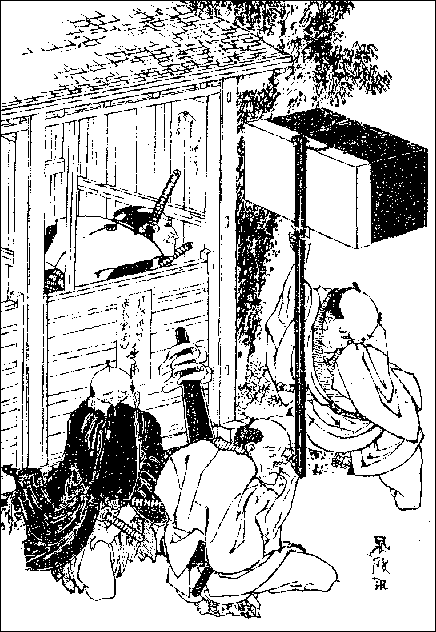
Lost Maps
A True Story of
Cartographic Crime
Miles Harvey
(Random House)
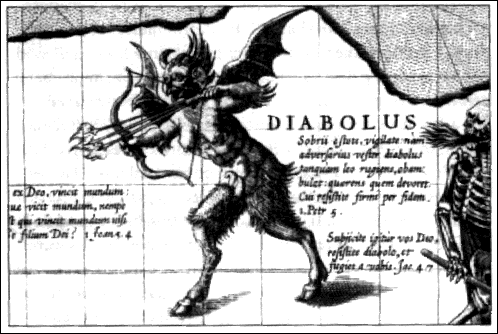
When he finally got nabbed in Baltimore, at the George Peabody Library, he had ravaged hundreds of the rarest of the rare. However, libraries are a strange lot: considering how many he raped, and the worth of the books involved --- few of them were willing to prosecute, and he served but a little time in prison (and is now free, living in Florida, according to the author).
Harvey seems to go overboard in relating to him. He discovers, after four years of investigation, and in visiting the courtroom where one of the three trials was held, that Bland was, well, very bland. In fact, he is so bland that Harvey is stuck with trying to create something interesting about him. (Bland refused to be interviewed for the book; in fact, he threatened to take out a restraining order against the journalist if he didn't leave him alone.)
Harvey does give us myriad facts of cartography: the first maps we have come from 600 B.C.; five hundred years ago, maps were considered state secrets, and possession of same was a capital offense in Portugal; in the early days, it took as long as four years to hand-print the books; a map, at least for those of us in the west, implies possession --- the European custom of buying parcels of land and recording them on appropriate maps certainly clashed with the American Indian belief that land could not be owned. The Indians lost.
Harvey tries so hard to impress us with his four-year journey- Still, we may be able to forgive him his apparent battiness on the subject of the pursuer and the pursued because there are details sprinkled around here and there that make The Island of Lost Maps well worth it. Ancient map-makers drew in mythic places, called "El Dorado...the great and golden Citie." Present-day map-makers create mythic places, too --- but mostly so that they can spot those who are snatching their copyright materials. The four wind gods that appeared on so many of the early maps were named Zephyrus (West), Boreas (North), Notus (South), and Eurus (East). There were also mythic islands: Masculina and Feminea, or, from a 12th Century Arabian map, the island of El Wakwak, an island said to be filled with trees whose fruits, shaped like the heads of women, continually cry out the meaningless chant, "Wak-Wak." With all his research, Harvey misses our favorite fake geography story, that being Christopher Columbus', after his third voyage, in which he said that the earth, is not round as they describe, but of the form of a pear...upon one part of which is a prominence like a woman's nipple. "I believe," Columbus concluded, "it is impossible to ascend thither, because I am convinced that it is the spot of terrestrial paradise, whither no one can go but by God's permission."
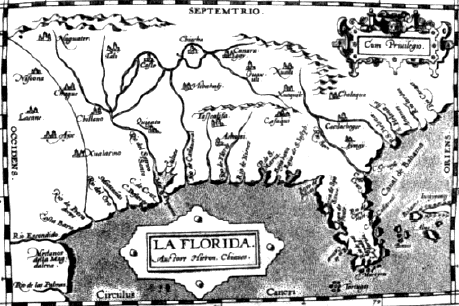
Light of Death
On the Art of
Being Truly Alive
Larry Rosenberg
David Guy
(Shambhala)
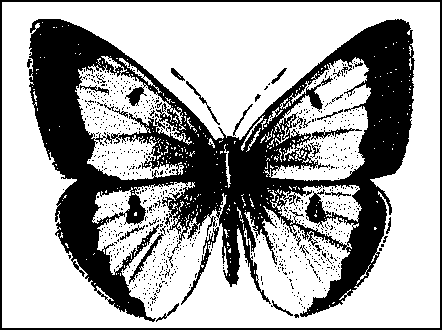
- I that in heill wes and gladne
- Am trublit now with gret seiknes
And feblit with infirmitie:
Timor mortis conturbat me.
Just so, says Larry Rosenberg: it's not dying that creates the fear. Rather, it's the idea of dying:
When death actually comes it will be a moment like this one, an experience like any other, which we will try to stay awake for. Our body and our breathing will feel a certain way; particular things will be coming up in our mind. But right now, looking ahead to death we have elaborate ideas about dying, which probably bear little relationship to the experience we will actually go through....It is like many other experiences in life; the anticipation is worse than --- or at least different from --- the actual event.
Rosenberg teaches meditation in Massachusetts. As part of this, he guides his students in "death awareness:"
We are priming the pump, flushing out fear, inviting it to appear so we can get to know it in an intimate way. And what we invariably see about our fears is that they are impermanent. However difficult they may seem, they have a limited life span: they arise, exist for a while, and pass away. The energy of fear is there, but it is not me or mine. It is not self.
You and I are going to die, he says. Again and again, he repeats, We're going to die. There is no escape. Every breath we take is one less breath that we have to live. But --- and this is the key to his message --- there are ways to be prepared so that we will not be scared to death of dying.
His technique carefully laid out for the reader. The first step is to realize that, no matter what we do, aging, illness, and dying are unavoidable. But there is a discipline we can begin right now which involves "intimacy." Not an intimacy with another person, but an intimacy with what is to befall us.
This practice requires opening the door, quieting the mind --- dissipating the clouds that lie between us and the pure self within. It requires that we practice one of two meditations: the first, concentrating on our breath. (It's as simple as that: letting the attention rest lightly --- for fifteen minutes or so --- on our breathing.) And the second? Watching our thoughts, not letting them carry us away.
Why do all this? To make it so that we can go to death with a minimum of suffering. A key Buddhist doctrine is that suffering flows from attachment, from trying to hold on. But attachment is ultimately meaningless, because when we die, all our possessions (family, loves, worldly goods, our body) are --- zot! --- gone. This attachment comes from "the gap:"
There is a gap between the way things are and the way we want them to be, and that gap is filled with suffering.
The cure? What the Buddhists call practice. "Practice," he says, "involves a profound form of reëducation, taking our mind away from what we want to happen and planting it in the middle of what really is happening."
Living in the Light of Death is filled with rich diversions. For instance, Rosenberg describes the eccentric Zen teacher Sawaki Roshi, who claimed that practice was useless. One of his students asked, "If I practice zazen for many years, will I be as strong as you?"
Sawaki, without a moment's hesitation, says, "No. You won't. I've always been this way. Zazen didn't do this for me."
He also said that when he died, he wanted his tombstone to read,
Wasted his whole life sitting on a cushion.
For students who want to meditate on death, there are specific meditations on, for example, the charnel ground:
- I see my body, dead for a few days, bloated, blue, festering.
- I see my dead body infested with worms and flies.
- I see that all that is left of my body is a skeleton with some flesh and blood still clinging to it.